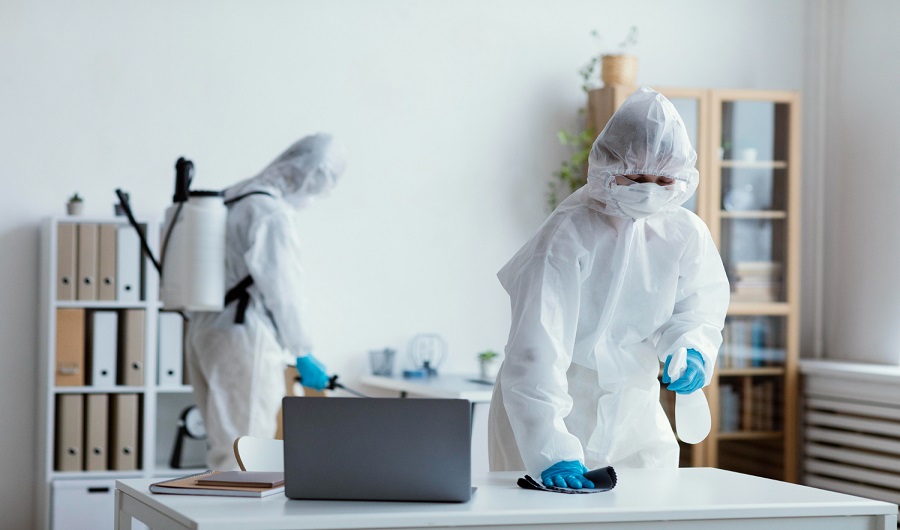In the domain of mold damage restoration, environmental factors play a huge part in shaping practices and results. Understanding the impact of the environment on mold damage restoration is critical for experts in the field as well as property owners. From environmental conditions to building materials, here are the different ways how climate impacts mold damage restoration practices.
Climate Conditions: An Essential Factor
The climate is one of the essential natural factors that can incredibly influence the growth and restoration of mold. Areas with high moisture levels give a favorable place to grow, speeding up its development and spread.
In such conditions, mold damage restoration experts should utilize particular methods to reduce mold infestations. Dehumidification, proper ventilation, and humid control become important in avoiding mold recurrence and guaranteeing thorough restoration.
Likewise, outrageous temperature fluctuations can affect the success of mold damage restoration jobs. Cold temperatures can slow down mold growth, however, they additionally present difficulties in drying out impacted regions.
On the other hand, a hotter climate might increase mold growth, requiring quick and complete remediation strategies. Adjusting restoration practices to suit particular environmental conditions is fundamental for accomplishing fruitful results in mold damage restoration projects.
Impact of Building Materials
Building materials and construction methods play a significant part in mold damage restoration. Permeable materials like drywall, carpeting, and wood are prone to mold growth, as they give a more than adequate food source and hold moisture.
On the other hand, non-permeable materials like metal and glass are less prone to mold infestation but still require exhaustive cleaning and sterilization in impacted regions. Mold damage restoration experts should assess the sort of materials present in a structure and customize their techniques to guarantee successful remediation.
Addressing Additional Contaminants
The presence of other ecological substances can additionally complicate mold damage restoration practices. Mold frequently flourishes together with water damage, sewage backups, or chemical spills, leading to additional health dangers and underlying issues.
In such cases, a complete restoration plan that addresses all sorts of contamination is fundamental for restoring the impacted property to a protected and livable condition. Coordination with different subject matter experts, for example, water damage restoration experts, might be important to mitigate dangers and guarantee thorough cleanup.
Regulatory Considerations
Environmental regulations are a huge part of forming mold damage restoration methods. Regulatory organizations might set principles for acceptable degrees of mold exposure and expect adherence to particular remediation rules.
Mold damage remediation experts should remain informed about important guidelines in their area and guarantee compliance with applicable regulations and rules to safeguard the well-being and security of tenants and laborers.
Conclusion
The climate provides a significant impact on mold damage restoration techniques, and molding techniques, and results in different ways. From environmental conditions and building materials to regulatory requirements, ecological variables should be considered and taken care of in each mold restoration project.
By getting it and adjusting to the remarkable environmental difficulties, mold damage restoration experts can accomplish successful and long-lasting outcomes in restoring affected properties to their original condition.

